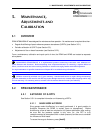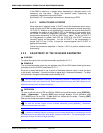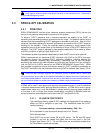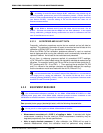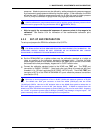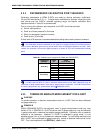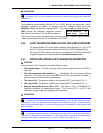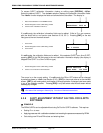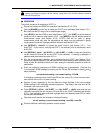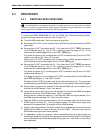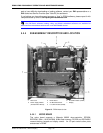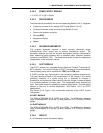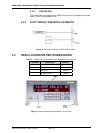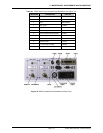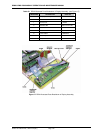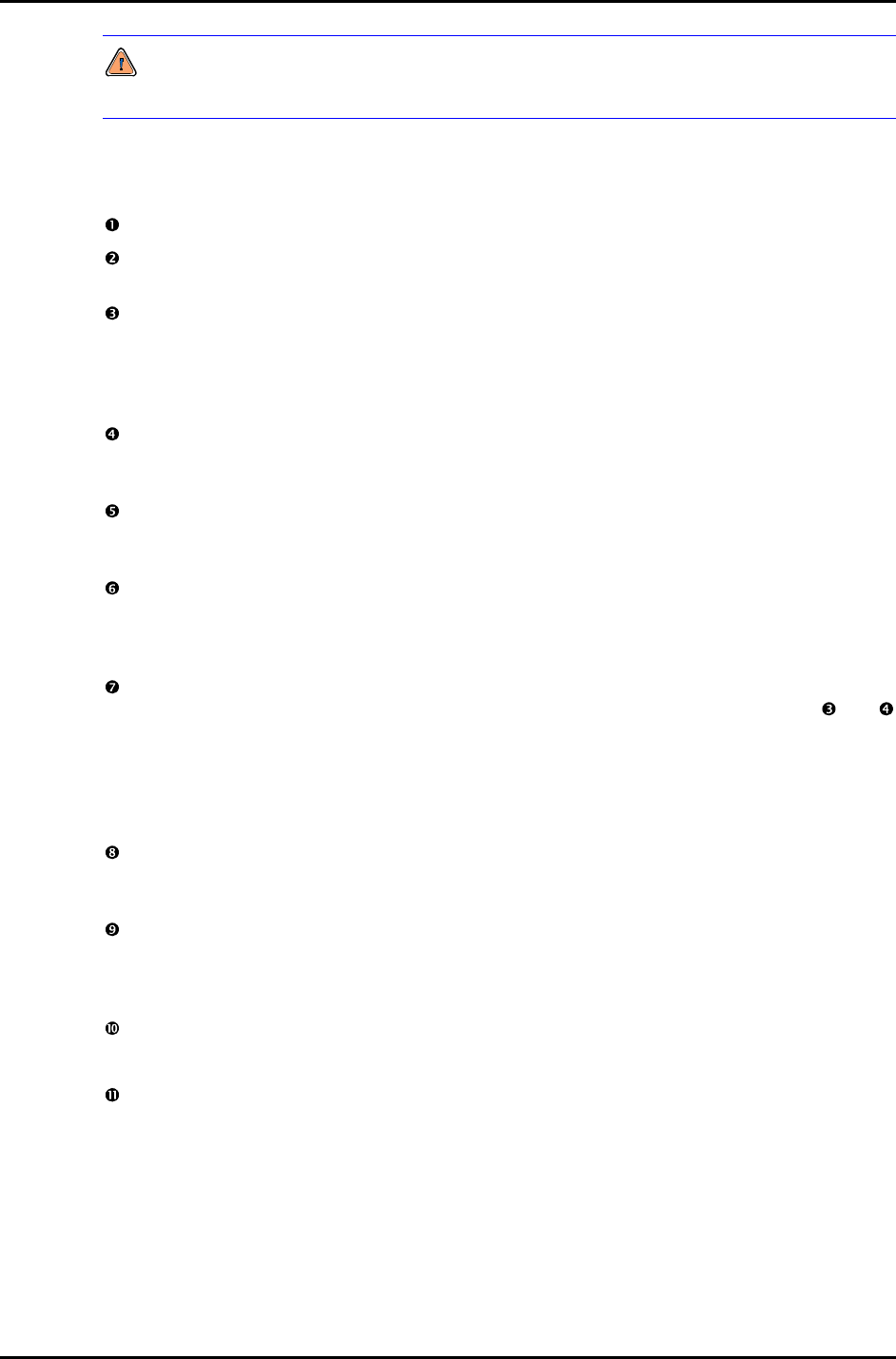
5. MAINTENANCE, ADJUSTMENTS AND CALIBRATIONS
Page 113 © 2007 DH Instruments, a Fluke Company
Before proceeding to adjust a Q-RPT without using CalTool for Q-RPTs software, Sections
5.3.1, 5.3.2, 5.3.3 and 5.3.4.
OPERATION
The typical procedure for adjusting a Q-RPT is:
Set-up and prepare the RPM4 for calibration (see Sections 5.3.2, 5.3.3).
Use the [RANGE] function key to select the Q-RPT to be calibrated (see Section 3.3.1).
Be sure to set the DF range (not an AutoRanged range).
Use [HEAD] to set the HEAD to zero (see Section 3.3.7). Use [UNIT] to set the desired
pressure unit of measure (see Section 3.3.2). Use [MODE] to set the desired pressure
measurement mode (see Section 3.3.3). Q-RPTs that will be used in gauge
measurement mode only after the adjustments are made, may be calibrated in gauge
measurement mode with a gauge pressure standard (see Section 5.3.5).
Use [SPECIAL], <1AutoZ> to access the AutoZ function (see Section 3.5.1). Turn
AutoZ OFF. If you are only verifying the Q-RPT, “as received” prior to adjustments, leave
AutoZ ON.
Use [SPECIAL], <8cal>, <1Hi Q-RPT > or <2Lo Q-RPT >, <1edit>, to read and record the
current values of PA and PM for the Q-RPT to be calibrated. If verifying a calibration in
absolute mode, also record the value of P
offset
.
Run the recommended calibration point sequence for the Q-RPT (see Section 5.3.4).
Record the pressure applied by the standard and the RPM4 reading at each calibration point.
Dwell at least 60 seconds at each point after setting the reference pressure to allow full
stabilization.
Enter the calibration pressures and RPM4 readings into a spreadsheet. Calculate the
“non-corrected” RPM4 readings by backing out the PA and PM recorded in Steps
and
above, following:
non-corrected reading = (corrected reading - PA)/PM
If calibrating in absolute mode, AutoZ was ON and the value of P
offset
was not set to zero,
also add the value of P
offset
to each reading.
Perform a linear regression to find the offset and slope that best fit the non-corrected
RPM4 readings to the calibration standard pressures. The offset is the new value of PA,
the slope is the new value of PM.
Press [SPECIAL], <8Cal>, <1Hi Q-RPT > or <2Lo Q-RPT >, <2edit> and write the new
calibration date and the new values of PA and PM for the Q-RPT calibrated (see Section
5.3.7). If the calibration was performed in gauge mode, turn absolute mode OFF so it won’t
be used after the calibration.
Calculate as left data for the calibration if desired following:
as left reading = (non-corrected reading • new PM) + new PA
Perform additional verification pressure runs as desired.



